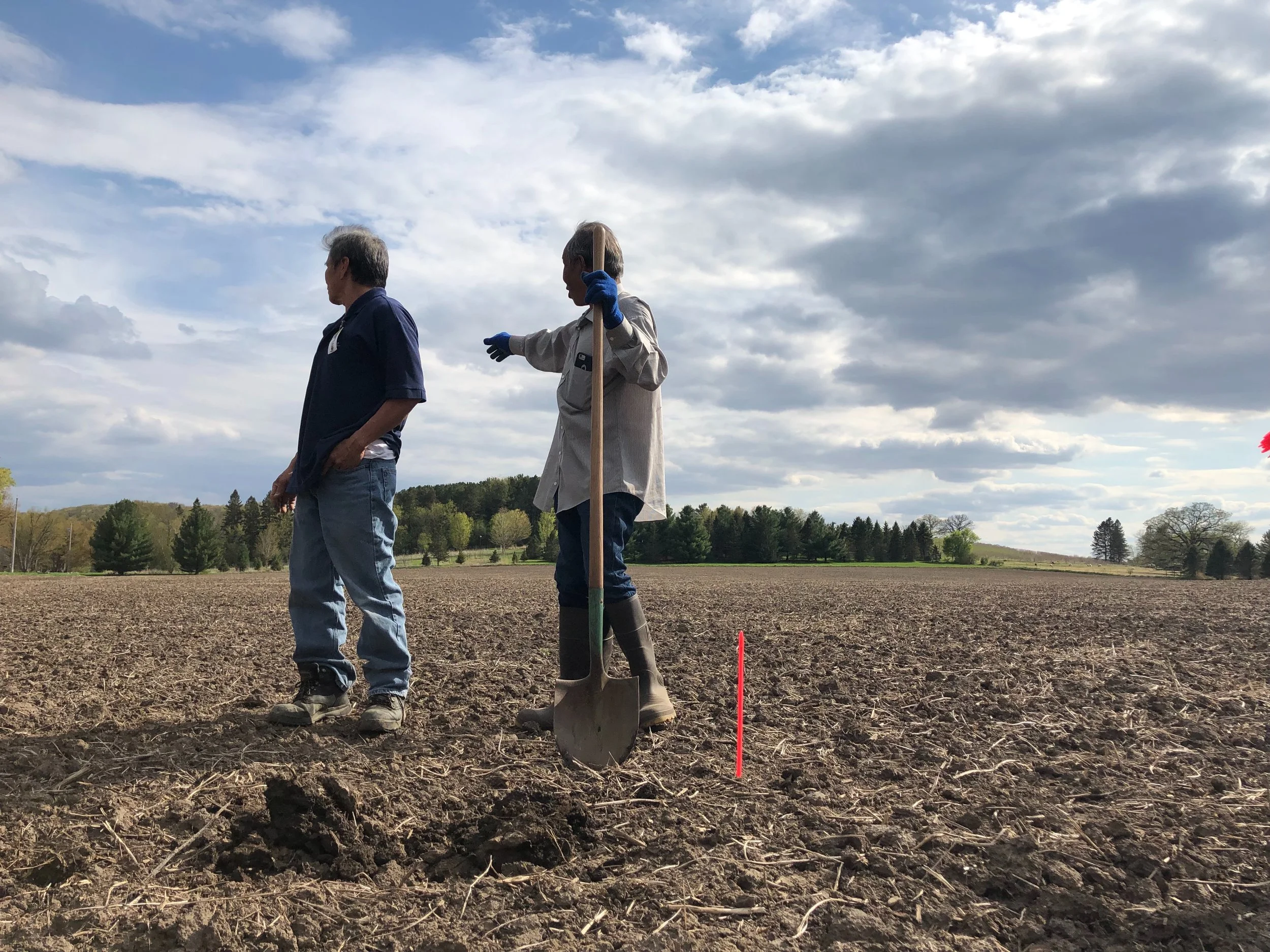For the love of language: Local couple encourages others to learn Spanish and travel the world
The year was 2010 and Jim Fricker was spending most of his time nestled into a recording studio he had started just north of downtown Rochester. He had become a mainstay in the city’s music scene, helping emerging artists fine-tune their demos into tracks for their next albums.
Meantime, two thousand miles to the south, May Larios García had just graduated from college and was beginning her career as a language teacher. A native of Manzanillo, Mexico, García had known from a young age she wanted to be a teacher and was eager to begin connecting with students.
As it turns out, one of her first students would be Fricker, who had begun taking up Spanish through a language learning website. After months of communicating electronically, the two eventually met face-to-face in Mexico. By the winter of 2011, Fricker decided to take an extended trip to be with García in the coastal city of Playa del Carmen.
As their relationship progressed, so did their love for language. The two later married and García moved to Rochester where she began working as a Spanish teacher at a local preschool. All the while, the couple continued dreaming up ways their skills and experience could collide to help others learn the language that had brought them together.
That dream was realized in late 2016, when the two packed up their bags and set out to travel the Spanish-speaking world. For the past couple years since, García and Fricker have been making trips to various destinations — from Puerto Rico To Mexico — and producing blogs and videos for a language-learning service they launched called Spanish and Go.
Their content focuses on teaching practical Spanish for travelers. For example, some of their more popular videos have been on “How to Make Small Talk in Spanish” and “Beginner Spanish Phrases Every Traveler Needs to Know.” So far, they have created more than 60 videos while amassing over 30,000 subscribers and 1 million total views on YouTube.
“We know that speaking the language of the places you go to makes a huge difference in the way you get to experience that place,” García told us via email. “So, we want to help people explore and experience the world the same way we’ve been able to by speaking the language of the locals.”
To generate revenue and support their travels, the couple has signed on to be part of the YouTube Partner Program. They also just released an online course, “Travel Spanish Confidence,” which is specifically designed to prepare travelers who plan to visit Spanish-speaking countries.
We recently caught up with Fricker and García, who are spending part of the winter in Puerto Rico. Here are some excerpts from our conversation.
For the past couple of years, the two of you have been doing quite a bit of traveling. What have you learned from the experience so far?
May: We have learned that the world isn’t as dangerous as people tend to think it is. You do have to be careful, aware of your surroundings, and trust your instincts. But in general, people are good. Strangers will often help you if you are in need. They will offer to give you a ride if they see you walking in the middle of nowhere, and they may even invite you to their home to drink mezcal. All of these things have actually happened to us. We’re not saying that you should follow any stranger you encounter while traveling, but putting yourself in places that not many other travelers tend to go to will show you what people in these places are really like.
There’s so much to discover off the beaten path, and while there’s something to be said for major travel destinations, they often don’t reflect the true colors of the culture throughout the rest of any given country. And to be able to experience the culture you have to be able to communicate with the locals.
And you're making videos along the way, so others can go on adventures of their own, right?
Jim: Yes. We want all of the amazing things that we have experienced to be available for others too. We want them to become friends with the waiter of the restaurant they love. We want them to be able to compliment the shoes of the person sitting next to them on the bus, anything that will get the conversation started and lets them interact with the locals. After all, the most important part of any country is its people.
What is it about the dynamic of the two of you that makes this work so well?
May: I think it’s the fact that Jim and I have both been through everything any other person learning a foreign language has gone through.
We’ve both made fool of ourselves when trying to communicate in our target language. We know what it takes to become fluent in a second language and we know what works and what doesn’t.
I have the experience to teach a language. Jim has the technical experience of working in a recording studio, producing videos, recording audio, etc. I think it was just a matter of time that we found a way to combine our passions into creating a business that lets us both do what we love doing which is teaching, creating videos, and traveling.
What should non-Spanish speakers know before thinking about taking up the language?
Jim: Spanish is the second most natively spoken language in the world. Over 437 million people speak Spanish as their first language. It is spoken natively in the U.S. by more than 44 million people. There are more people whose first language is Spanish in the U.S. than in Spain.
Mexico is the country with the most native Spanish speakers and Mexico is also the number one country where Americans go on vacation. And being just to the south of the U.S., it’s very accessible for anyone who wants an immersive Spanish experience.
It makes so much sense for people in the U.S. to learn Spanish. And it’s also one of the easiest languages to learn for English speakers. Spanish is a Romance language, which derives from Latin. Many words in English also come from Latin. It’s estimated that around 30 or 40 percent of all the words in English have a cognate in Spanish. Words like accident — ‘accidente’, adult — ‘adulto’, melon — ‘melon’, radio — ‘radio’ are basically the same so you already have a huge head start in the language.
You can learn more about Spanish and Go (and watch the videos) by visiting their website, Facebook page, or YouTube channel.
Follow Sean on Twitter.
Cover photo: Submitted








